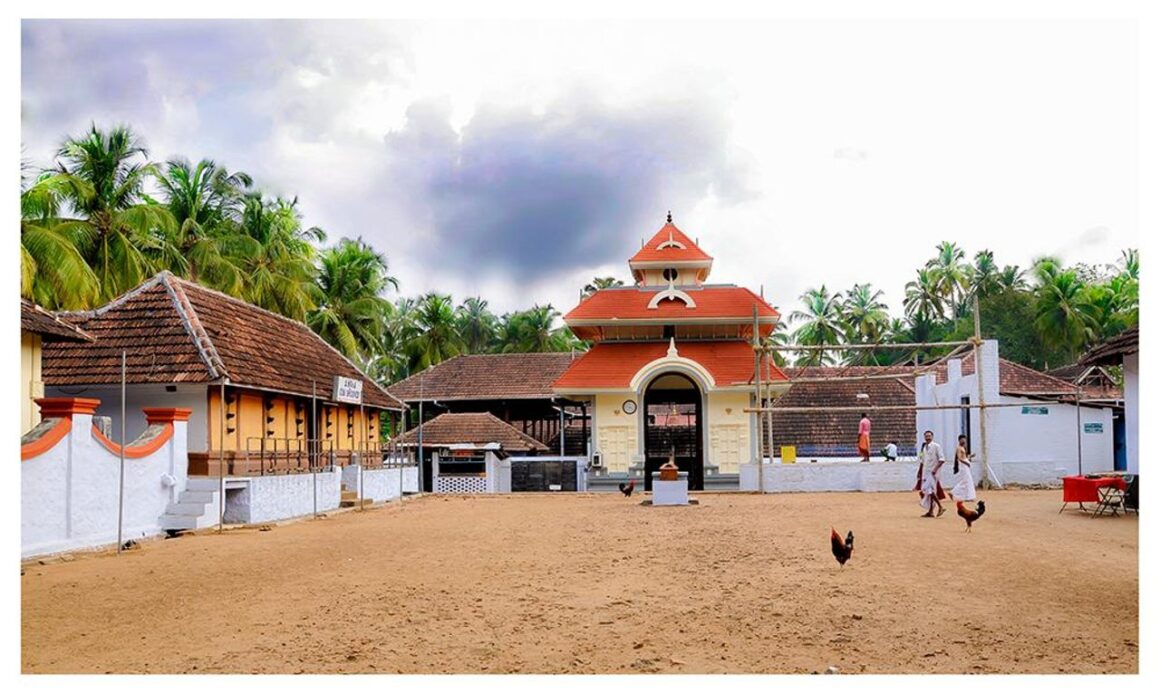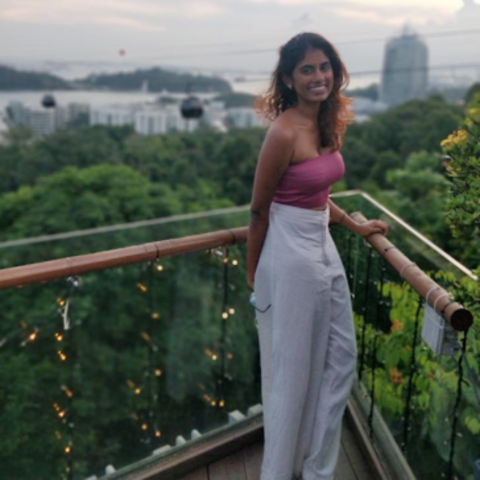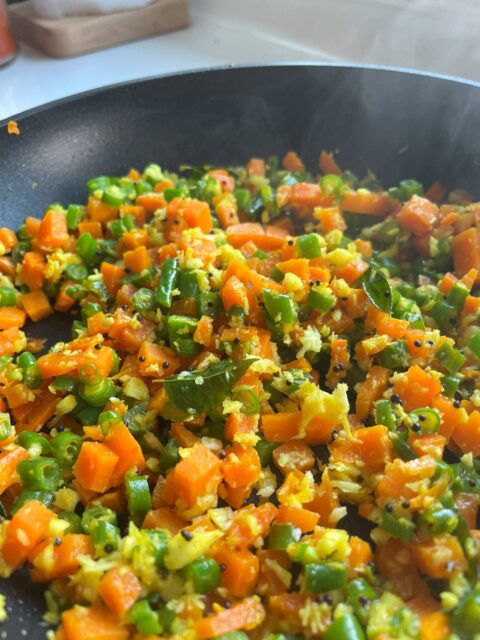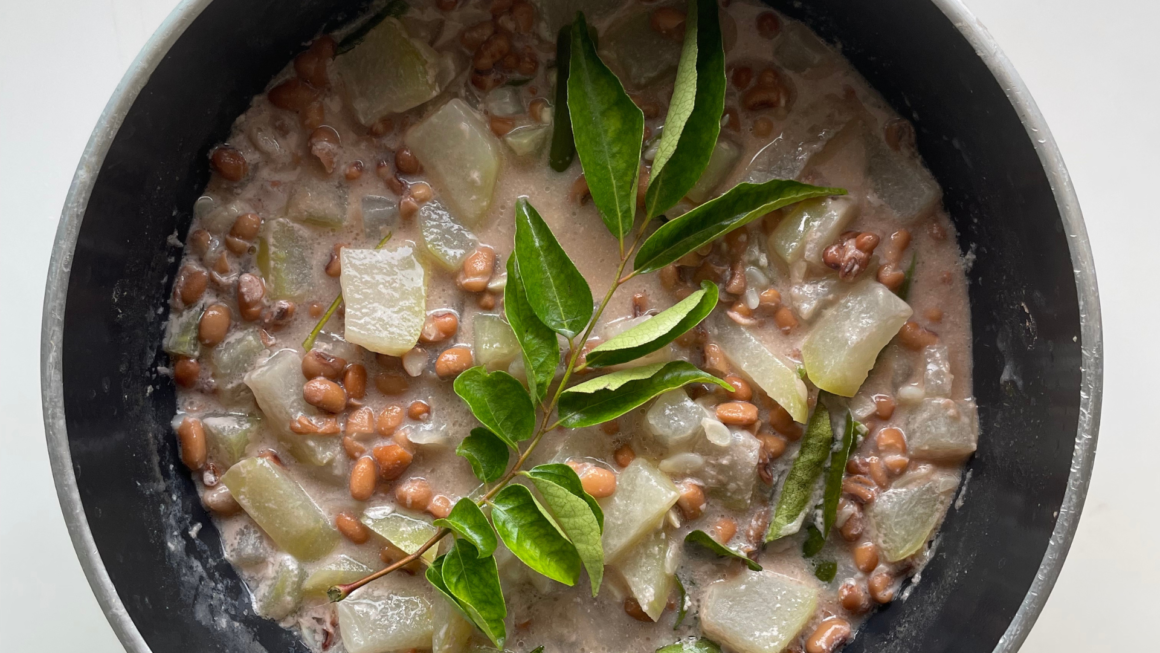Can you be from a place you’ve never lived in?
I was under the impression, I was the only one in my family grappling with this question when one fine evening after visiting my family temple in Pazhayannur (Kerala, India), Dad and I wafted into a tatta kada (tea store) and arranged ourselves over two wooden stools in a corner. As the pazham pori ****(banana fritters) and chaya (tea, not to be confused with “chai tea”) landed on a wobbly table in front of us, the waiter promptly asked Dad “where are you from?” A whole second passed by. When I looked up, Dad answered in the most surprising way; “Thrissur” he said. Oh, the irony! He picked a town he was neither born nor brought up in. Thrissur is merely the closest significant town 40km away with a sprinkle of distant relatives that we frequented from time to time. The truth is, Pazhayannur was our home. It is a village that historically housed a small community of ethnic Tamil residents that blended their food, language and cultural habits to fit the broader Malayalee culture. Eventually, they created a unique Palakkad Iyer culture of their own. Not Tamil enough to be Tamil, not Mallu enough to be Malayalee.

(Image does not belong to the author)
After generations of assimilating, a few things remained true. Pazhayannur is where my great grandfather was born, it is where our family deity resides and it also happens to be my father’s first name. Yet, three generations later when asked where are you from, neither of us could say, “here, we’re from here. This is home” I related to Dad that day. The internal where-am-I-from confusion passed on generations and compounded. Ethnically Tamil, but from Kerala. Keralite, but born in Bombay. Indian, but grew up in Singapore. And somewhere between all those ‘buts’ came a vacuum in identity of never truly being from anywhere. When ‘where are you really from’ has no real answer, it can feel frustrating to permanently feel like an outsider.

Here’s where food becomes salvation. Food doesn’t judge you. It couldn’t care less where you are from, how rooted you are to a location or where you are headed to next. Unlike geography, where your lived experiences are fixed to one place, food picks up its luggage and sets sail with you no matter where you go. It’s probably why the best masala chai I’ve ever had was in Buffalo, New York courtesy of a good-humoured Punjabi uncle who entertained my mom’s “one more chai!” too many times.
My cultural food moved from Pazhayannur to Kochi to Bombay to Kuala Lumpur and eventually to Singapore where my parents finally planted their home. Across this journey, a pinch of mustard, a handful of grated coconut, a sprig of curry leaves transported itself from kitchen to kitchen and once again the same recipes made generations ago found its place at the centre of Sunday lunches in the lush green roads of Bukit Timah in Singapore.

I wasn’t the kid who always loved Tamil or Kerala food. Like most six year olds I chose a box of fries over some carrot and beans poriyal but age acts in funny ways. I have slowly come to realise these recipes aren’t just a way to nourish or feed myself, it’s become a way to keep a precious heirloom in a globalised world alive.

I’m not sure how many more generations in my family will feel tethered to Pazhayannur. Apart from visiting my family temple, I’m not even sure what I’d do there without my parents. In the future, whenever I have kids, their axis will be pulled between Delhi and Singapore between my husband’s Bengali family and mine. Where would Pazhayannur lie in their order of priorities? As places of origin, language and other forms of culture compete for their attention, I’m still relatively sure of one thing. A Sunday lunch will once again arrive and my hypothetical kids will demand a box of fries to which I’d encourage them to try the simple delicate flavours of a carrot and beans poriyal instead.
Carrot & Beans Poriyal
Ingredients
- Carrot: 1
- Long beans (French beans work too): 4-5
- Grated coconut: 70g
- Coconut oil: 1 tbsp
- Mustard seeds: 1 tsp
- Curry leaf: 1 sprig
- Turmeric powder: 1 tsp
- Asafoetida (hing): ¼ tsp
- Salt: 1 tsp
- Chilli powder: ½ tsp
Method:
- Chop up the carrot and beans into a diced cut. Thaw grated coconut if it’s been in the freezer.
- In a pan, add coconut oil. When that heats, add mustard seeds and curry leaves. Dry the curry leaves so they don’t splutter as much. Add turmeric powder and asafoetida.
- Add the beans, let that cook for a minute. Add the carrots after. Add salt. I like to add a pinch of chilli powder cause it balances the dish better but it’s optional.
- Toss in the coconut once the vegetables are cooked. Within a minute, switch off the gas so the coconut doesn’t burn. Serve warm.
Olan

Ingredients
- Ash gourd: ½
- Black eyed peas: 1 cup
- Curry leaf: 1 sprig
- Coconut milk: 2 tbsp
- Coconut oil: 1 tbsp
- Green Chillis: 2
- Salt: 3 tsp
Method:
- Soak black eyed peas overnight. Pressure cook or cook on the stove for 30 minutes until the beans are well cooked. Add 1.5x the amount of water to the beans whilst cooking.
- Chop the Ash Gourd to a thin dice and slit two green chilis.
- In a stock pot, add 1/2 cup water and bring that to a boil. We’re intentionally starting with less water because Ash gourd will release more water upon cooking. Toss in the ash gourd and 1 teaspoon salt. Let that cook for 10 minutes or until the gourd turns transparent.
- Add the cooked beans with all its water. Add the slit green chilis and 3 sprigs of curry leaves. Let that simmer for 5 minutes. Add 1/4 cup of coconut milk. Adjust for salt.
- Add 1 tablespoon of coconut oil at the end and serve warm.
Watch this recipe here – Olan

If Aarti Sreenivas had to be summarised, the tag might be: Fintech, Food and Frolic. Born in Bombay and brought up in Malaysia and Singapore, Aarti decided to give up picking an accent somewhere between moving 13 schools across her childhood.
She went to the University of Manchester and Georgetown University for Law school but largely uses her law degree as party bragging rights for her Asian parents. By day she does Fintech strategy for a regional tech company and by night, she’s frantically trying to edit her footage before falling asleep. She’s also known to encourage her husband to do the dishes.
She stumbled upon the world of content when she decided to “productise” sharing recipes to her other corporate friends who take-away more than they should and was rather surprised when over 10 million people decided to watch her reels over cute dog videos. When she isn’t working or cooking, she travels or like most people, dreams of doing so more often.
Translations and detailed descriptions are provided to give a better understanding of the story to people from different cultural backgrounds across the globe.

